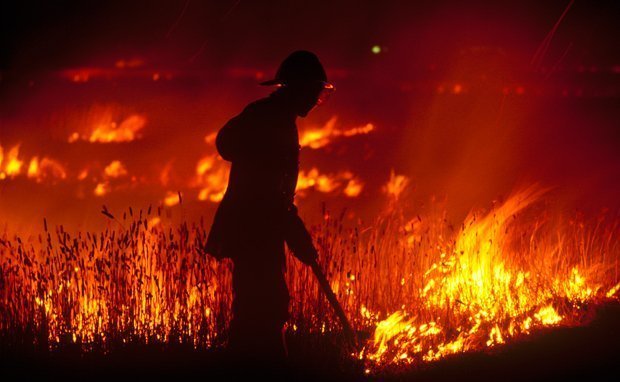Proactive Building Security: Leveraging the Insights of a BAL Report
Proactive Building Security: Leveraging the Insights of a BAL Report
Blog Article
Just How BAL Record Impacts Shrub Fire Protection Procedures
In the realm of bush fire security, the Structure Assault Level (BAL) report stands as an essential tool that considerably affects the safety and security and strength of buildings in fire-prone areas - BAL Report. The impact of a BAL assessment extends much past plain paperwork; it acts as the keystone for establishing the ideal construction standards and fire defense measures required to alleviate the dangers posed by bushfires. As communities come to grips with progressively severe fire seasons, understanding how the BAL report forms these safety actions ends up being paramount for policymakers, builders, and home owners alike
Comprehending the Bushfire Strike Level

Importance of BAL Record Assessment

Additionally, the BAL record assessment functions as a foundational action in adhering to lawful responsibilities and demands associated with bushfire security. Local councils and authorities typically mandate the entry of a BAL record as component of the preparation and structure approval procedure to make certain that residential or commercial properties are sufficiently secured versus bushfire risks. Falling short to conduct a comprehensive BAL report evaluation can cause insufficient protection steps, leaving homes at risk to ruining bushfire events.
Construction Requirements Based Upon BAL
A detailed understanding of the Bushfire Assault Level (BAL) allows residential check over here property owners to apply building and construction standards tailored to their particular threat profile. Construction criteria based on BAL are critical in minimizing the influence of bushfires on residential properties. The BAL score categorizes the prospective danger a building faces during a bushfire on a range from BAL-Low to BAL-FZ (Flame Zone)
Implementing Fire Defense Actions
With the structure of construction standards based upon Bushfire Assault Level (BAL) in position, the focus now moves towards the practical application of fire security steps to fortify buildings against bushfire dangers. Implementing fire defense actions involves a mix of passive and active techniques to boost the resilience of buildings in bushfire-prone locations. Easy procedures consist of using fire-resistant structure products, installing cinder guards on vents, sealing voids in walls and roofing systems, and preserving a clear area around the residential property devoid of flammable plant life. Active actions encompass having firefighting devices readily offered, such as tubes and water pumps, along with creating a defendable space around the property by getting rid of greenery and having a well-kept garden. In addition, creating an emptying strategy and ensuring all citizens understand emergency situation procedures are crucial components of efficient fire defense steps. By integrating both passive and energetic techniques, buildings can dramatically minimize their susceptability to bushfire events and raise the safety and security of Check This Out passengers.
Shielding Homes Against Bushfires
Successfully guarding homes versus the harmful influences of bushfires calls for a thorough and positive strategy to fire security procedures. Furthermore, securing gaps and vents to protect against cinder invasion, as well as including fire-resistant doors and windows, can aid strengthen the home's defense against bushfires. By welcoming an aggressive position and integrating these protective actions, home owners can substantially enhance their possibilities of safeguarding their homes against bushfires.
Verdict
Finally, the Bushfire Assault Degree (BAL) report plays an important duty in determining the needed security procedures against bushfires. By evaluating the BAL, construction standards can be tailored to minimize the dangers and make sure the safety of homes in fire-prone areas. Applying fire defense steps based on the BAL record is important in protecting buildings from possible bushfire dangers. It is essential for home owners to focus on BAL evaluations and stick to suggested building requirements to enhance bushfire durability.
In evaluating bushfire danger to homes, recognizing the Bushfire Strike Level (BAL) is a critical component for carrying out reliable defense procedures. Generally, a clear understanding of the Bushfire Attack Level is essential for executing appropriate protection procedures and minimizing the influence of bushfires on residential or commercial properties.
Report this page